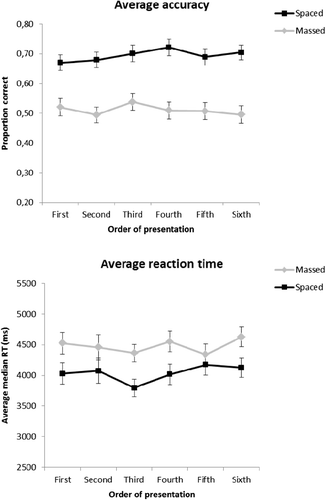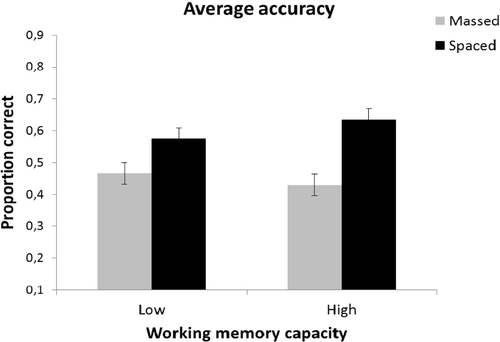Figures & data
Figure 2. Judged effectiveness of presentation style in Experiment 1, as a function of actual effectiveness (the number of participants within each judged category is divided according to their actual performance).
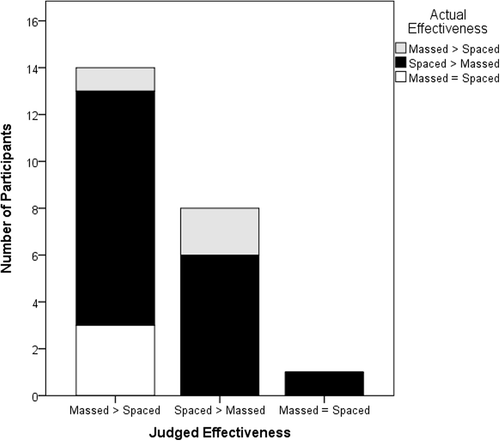
Figure 3. Average accuracy during the test of studied items in Experiment 1, as a function of presentation style (spaced or massed) and order of presentation (one to sixth). Error bars depict the standard error of the mean.
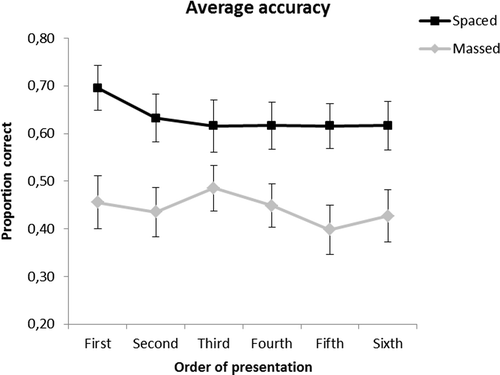
Figure 4. Average reaction time (mean of medians) during the test of studied items in Experiment 1, as a function of presentation style (spaced or massed) and order of presentation (one to sixth). Error bars depict the standard error of the mean.
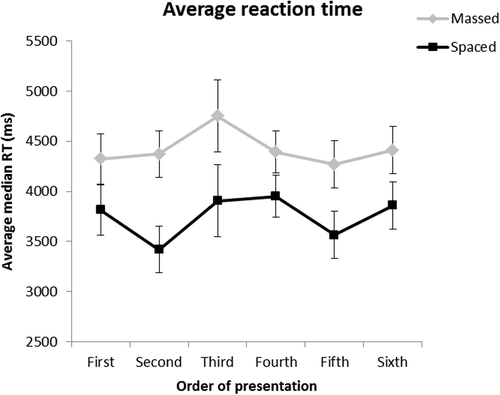
Table 1. Mean proportion accuracy (SE between parentheses) in the test of new items in Experiment 2 as a function of presentation style, gap condition and WMC.
Figure 5. Judged effectiveness of presentation style in Experiment 2, as a function of actual effectiveness (the number of participants within each judged category is divided according to their actual performance).
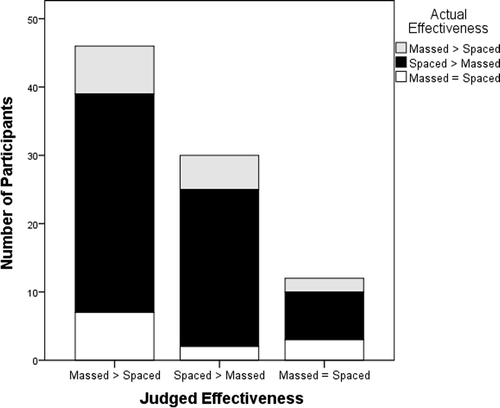
Table 2. Mean proportion accuracy and mean RT (SE between parentheses) in the test of studied items in Experiment 2 as a function of presentation style, gap condition and WMC.
Figure 6. Average proportion accuracy during the test of studied items in Experiment 2, as a function of presentation style (spaced or massed) and WMC (low or high). Error bars depict the standard error of the mean.
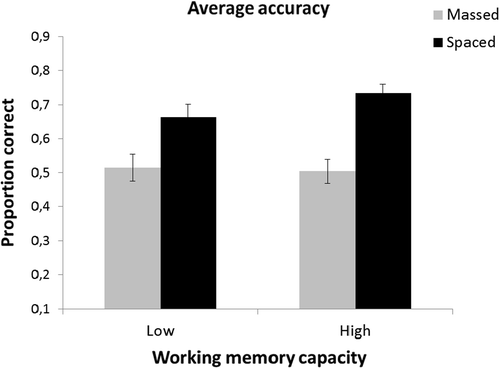
Figure 7. The upper panel shows average proportion accuracy and the lower panel average reaction time (mean of medians) during the test of studied items in Experiment 2, as a function of presentation style (spaced or massed) and order of presentation (one to sixth). Error bars depict the standard error of the mean.
